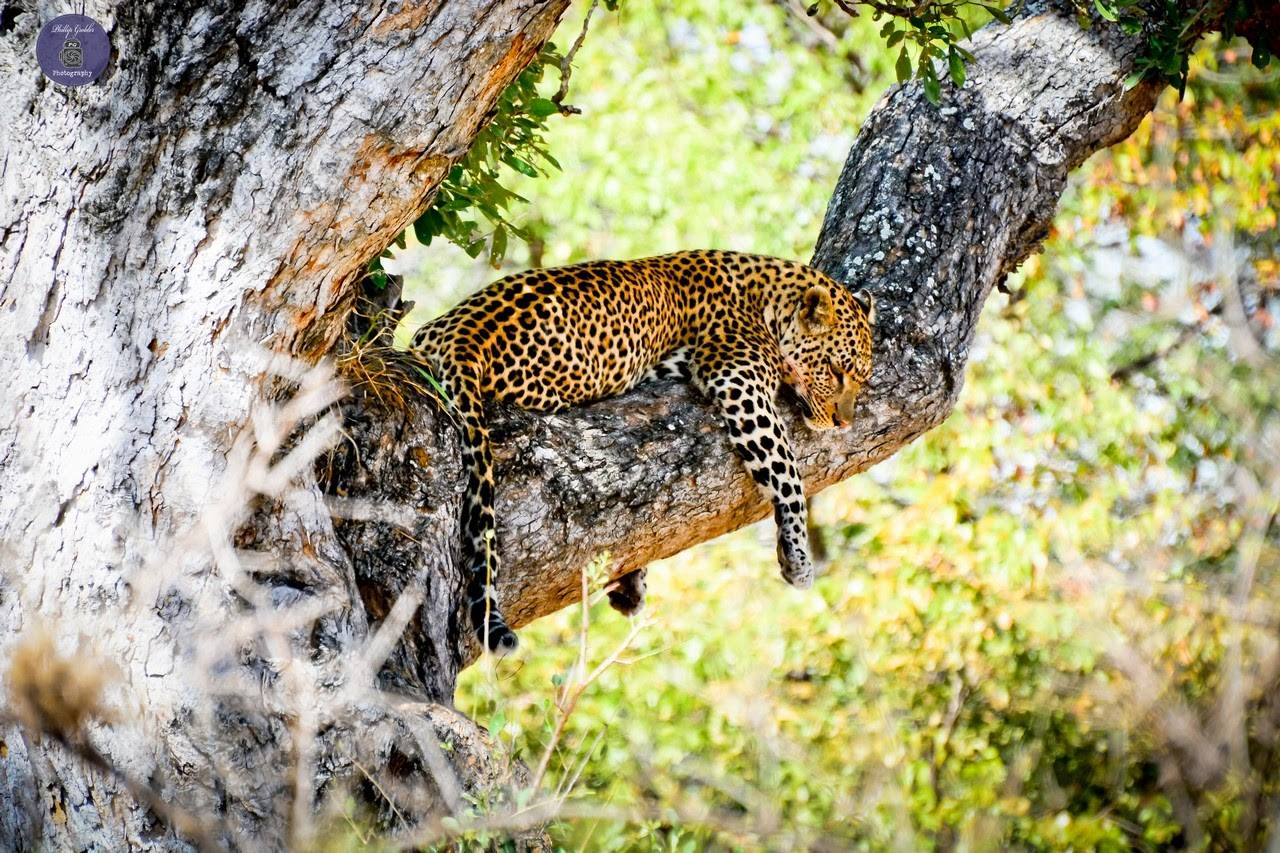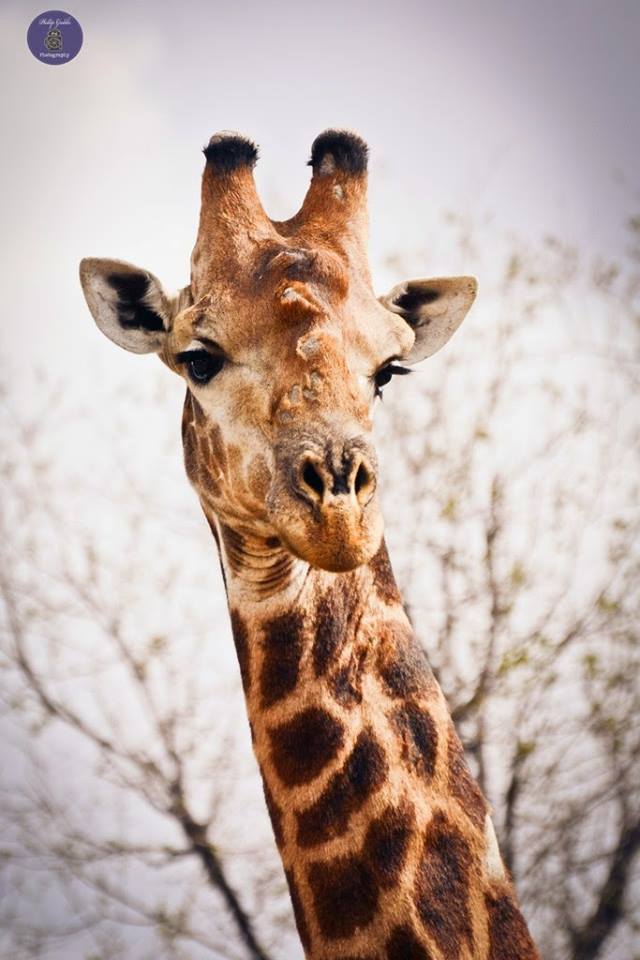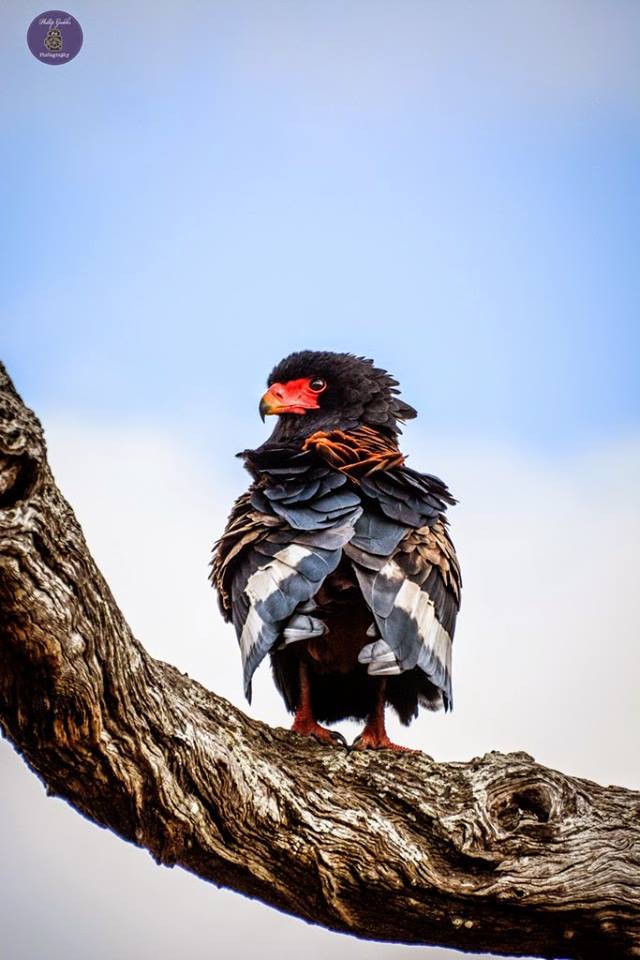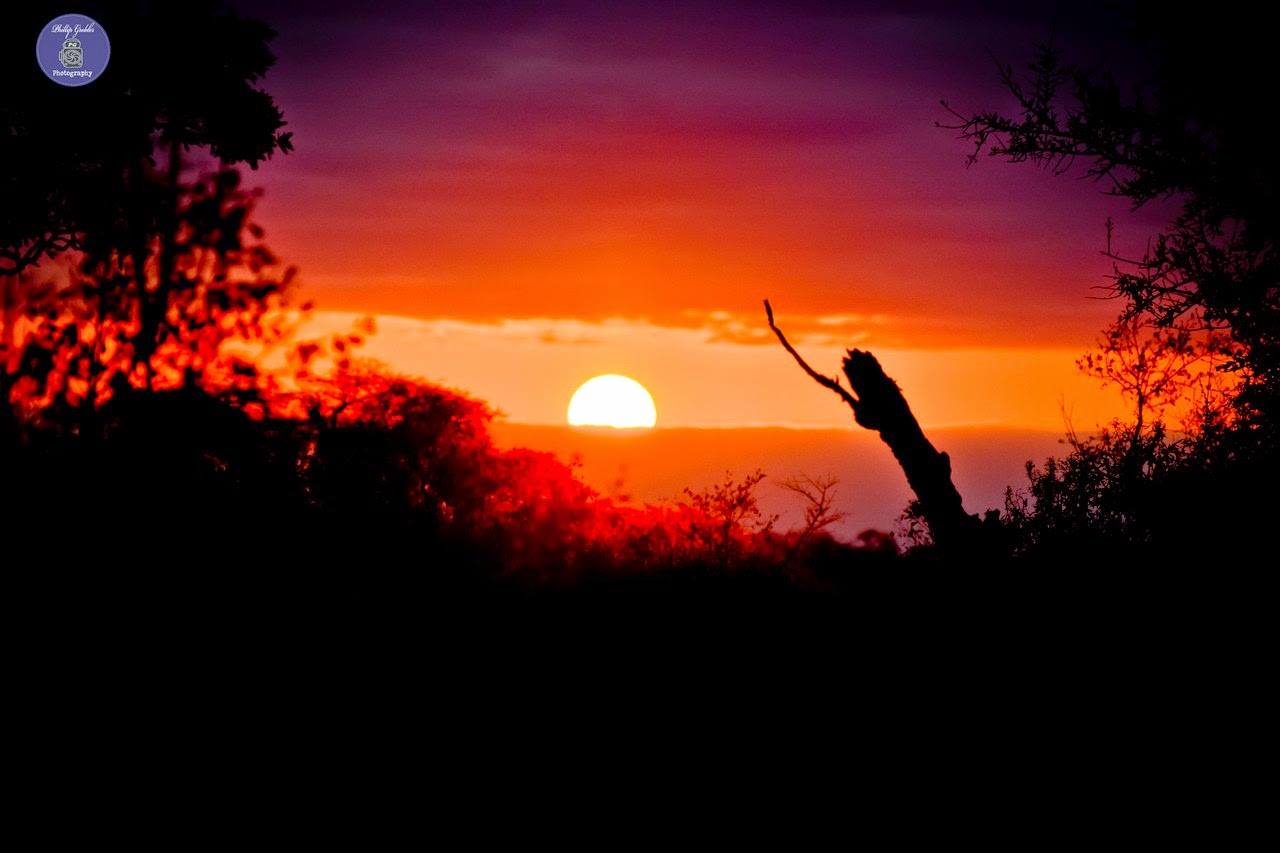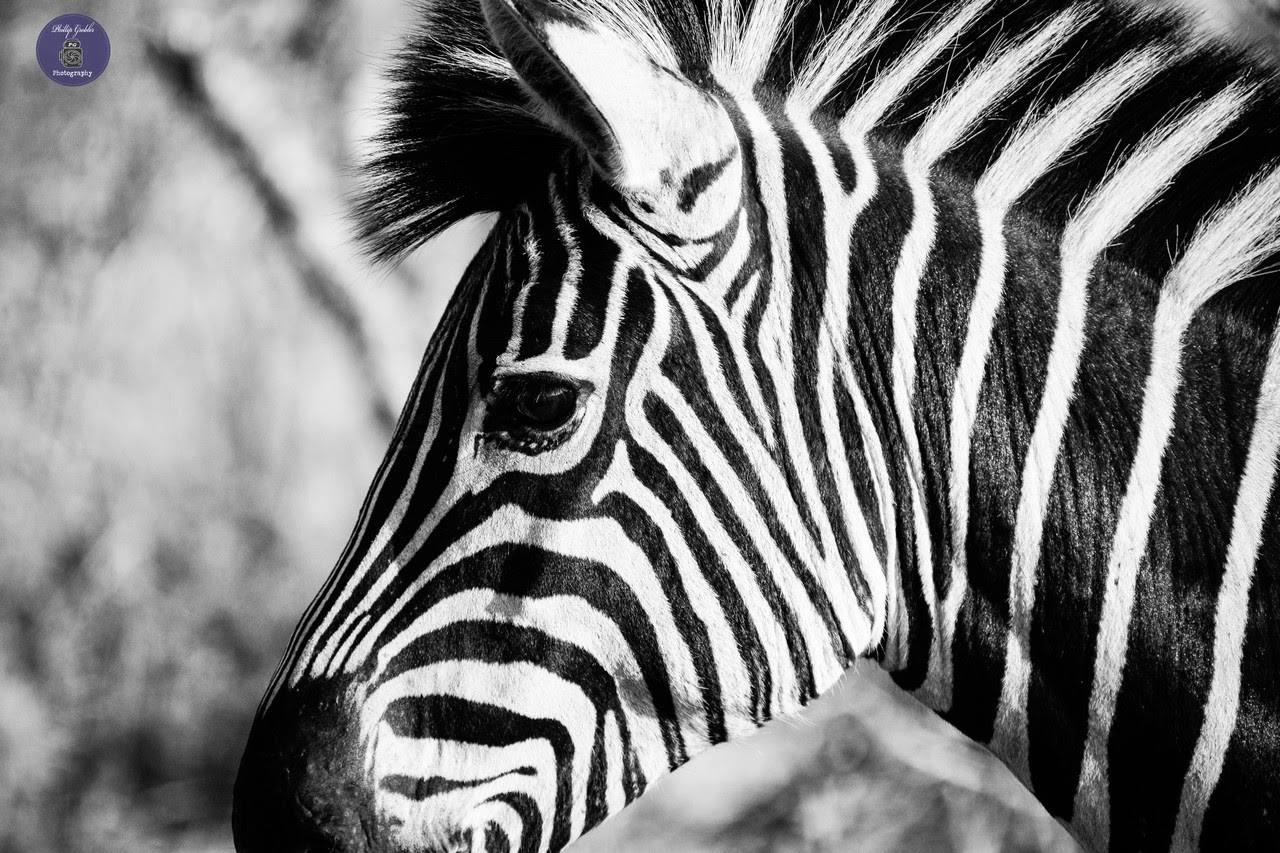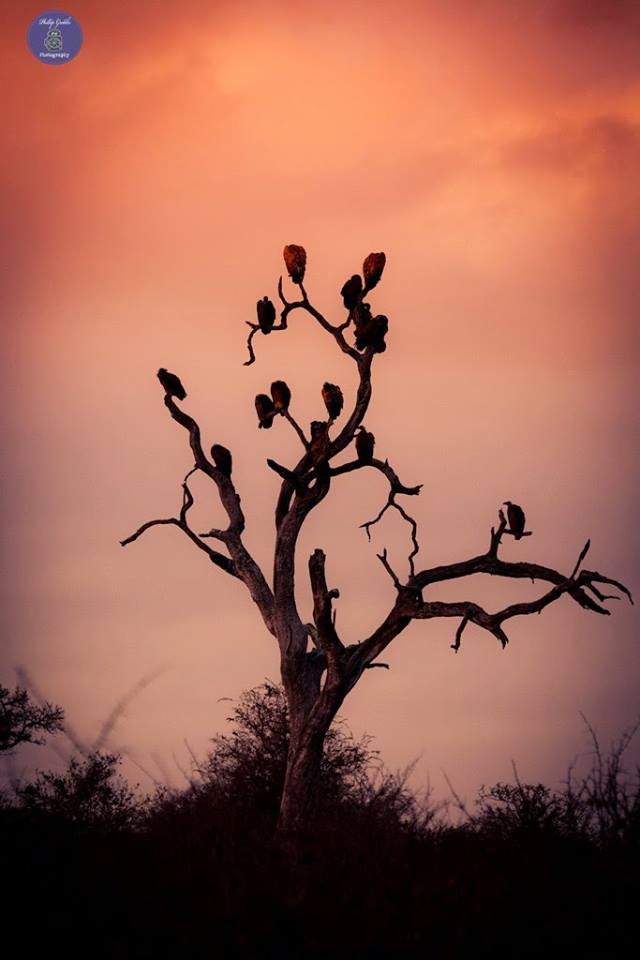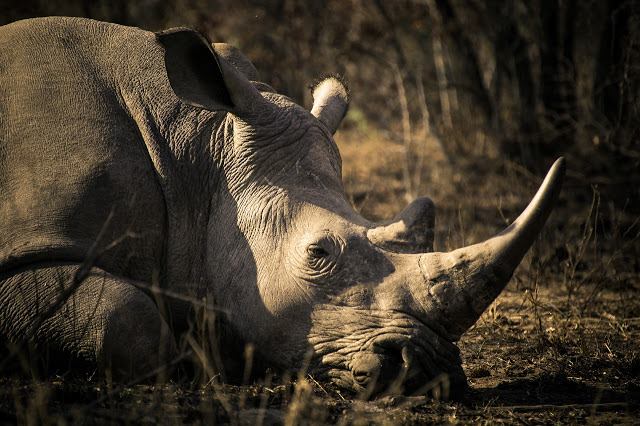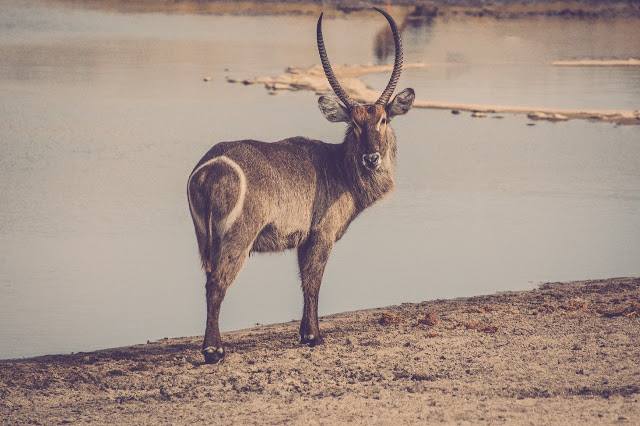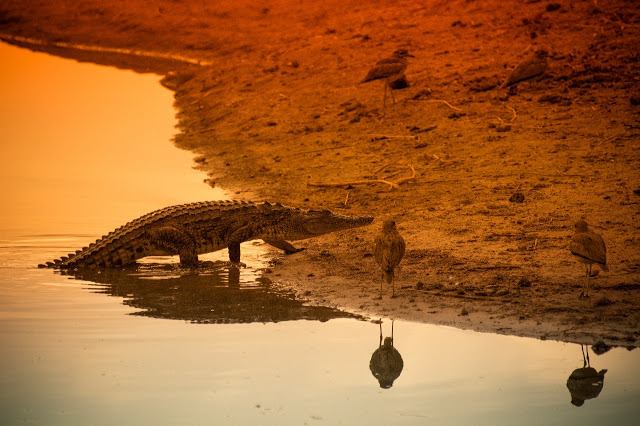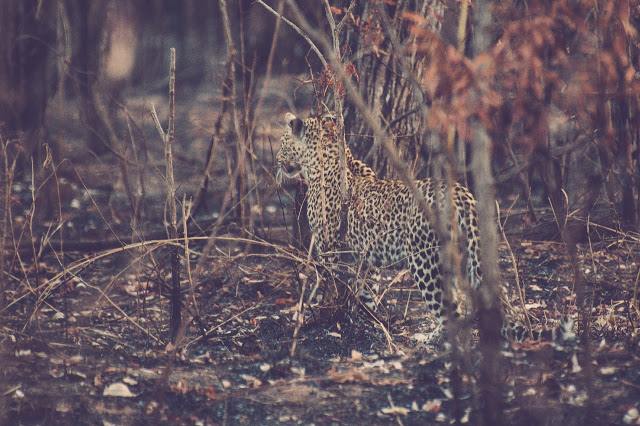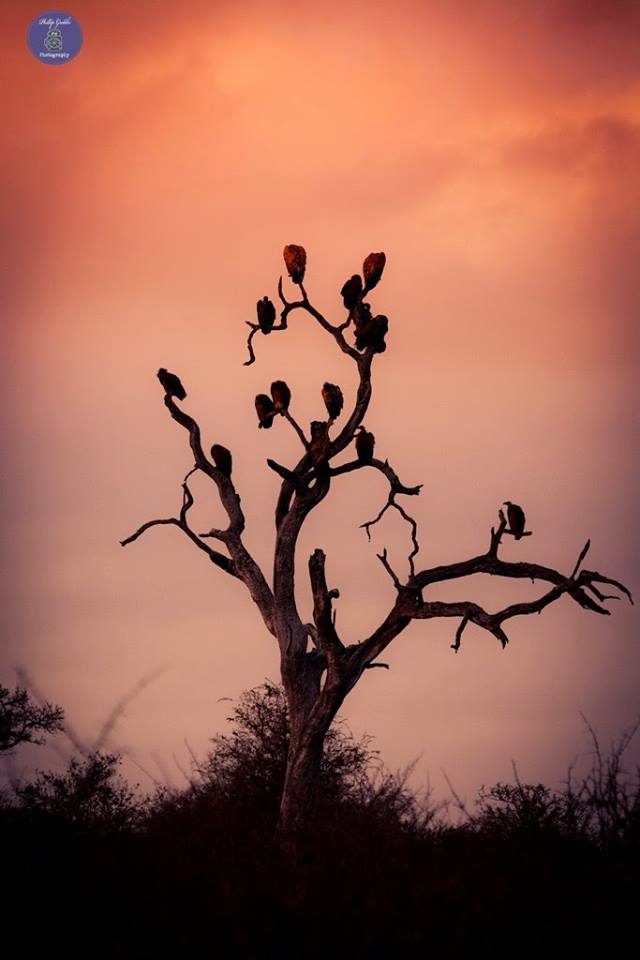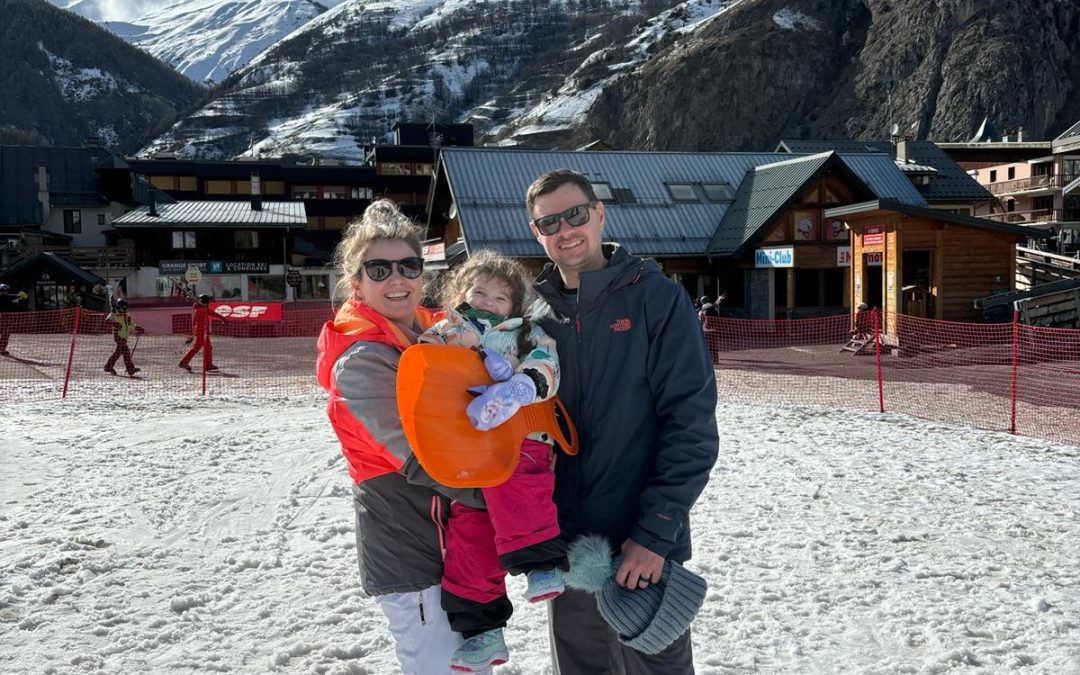With nearly 20 000 square metres (which is bigger than Wales or Israel) in wildlife, historical treasures and archaeological wonders the Kruger National Park remains one of Africa’s gems. The southern part of the game reserve has more animals, especially around Skukuza on the south-eastern side. The northern part of the game reserve again boasts with the most elephant, with Punda Maria and Pafuri being the most known places for watching game.
The first European to explore this area was the Netherlander François de Cuiper, who lead an expedition from the Cape Colony in 1725. Later, Voortrekker expeditions under the leadership of Louis Tregardt and Hans van Rensburg further explored the Lowveld. The reserve was opened in 1926 and in 1927 the first visitors were admitted at an entrance fee of £1. On the way to the Skukuza camp at the Kruger gate you can also see the giant bust of Paul Kruger. The animal kingdom includes 5 000 nile crocodile, 2 800 lion, 2 000 leopard, 120 cheetah, 12 000 elephant, 27 000 buffalo, more than 17 000 zebra and over 5 000 giraffe! Wildlife numbers were especially increased in the 1960s with the Water for Wildlife Project, with the addition of 300 drinking troughs and wind pumps, but most of these watering holes were closed later on because predators used these watering holes more than the impala and zebra did.
One of the favourite roads to the Kruger National Park is the S56 Mphongolo road (north of Shingwedzi), where you can especially see elephant. If you are out to see leopard, the Shipandani viewpoint just south of the Mopani camp is perhaps an option. If full-day game watching is not your thing, there are plenty of picnic spots that will make you want to return time and time again. Afsaal on the H3 between Skukuza and the Malelane gate is a good option. With more than a million tourists that visit the game reserve annually there is of course an abundance of accommodation options. Here is a short summary of 14 of the rest camps in the Kruger National Park:
- Balule: The most traditional camp, with 15 camping stands and six rondavels (a round hut with a conical grass roof) on the banks of the Olifants river. This camp does not have restaurants, shops or electricity.
- Berg-en-Dal: One of the most modern camps in the reserve, ideal for hiking routes. This would be your best shot at spotting white rhino.
- Crocodile Bridge: Located on the banks of the Crocodile river. There is a filling station and a camp shop.
- Letaba: Centrally located and known for the Elephant Hall, which is certainly worth visiting.
- Lower Sabie: Beautiful safari tents on the banks of the Sabie river, with plenty of wildlife.
- Malelane: A smaller camp than the rest and located in the far south of the game reserve.
- Mopani: A modern camp built in 1989, which makes it the newest camp of all.
- Olifants: This camp is built on a high cliff overlooking the Olifants river. This camp boasts 107 rondavels, two larger guesthouses and a picnic area. No camping is allowed here.
- Orpen: A smaller camp that also controls the Maroela and Tamboti camps. Here you can rent furnished tents, caravans or tented accommodation.
- Pretoriuskop: This camp is surrounded by hillocks and the area is moist and green. Ideal place to spot sable antelope and rhino.
- Punda Maria: The northernmost rest camp.
- Satara: The only camp that was not established close to a river or dam, but due to the veld plains there is a wide variety of wildlife in the area.
- Shingwedzi: Located close to Punda Maria and known for the largest elephants in the reserve.
- Skukuza: The main camp of the Kruger National Park, with space for more than 1 000 visitors. This is also the camp with the most amenities, from a library to a vehicle workshop.
If you are planning on visiting the Kruger National Park soon, remember that the amenities at most of the rest camps are great and that there are enough restaurants and ATMs available. Take precautions against malaria – especially between October and April – and if your aim is to see game, make sure that you get up early. It is definitely worth it!

